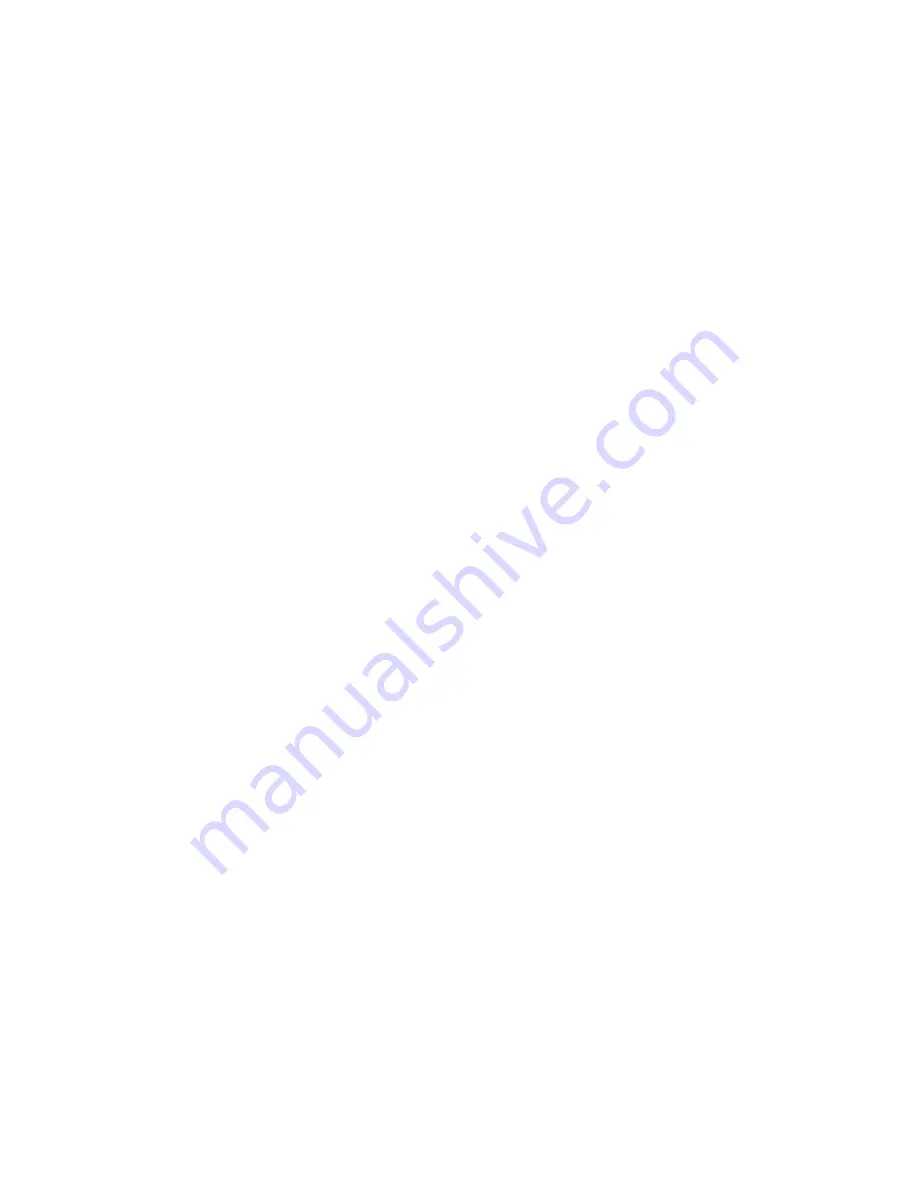
136
down. Moreover, big air gaps in the front wheel hubs increase
brake pedal travel.
Adjust the wheel hub bearings in the following sequence:
1. Hang the motor vehicle or lift the jack from the side of
the wheel whose bearings are to be adjusted.
2. Remove the wheel coverage. Take out axle shaft 9 (Fig.
9.28) of the rear axle or remove the driving flange of the front
axle.
3. Unbend the tab of locking washer 6, turn off locknut 7
and remove the locking washer.
4. Loosen bearings adjustment nut 4 by 1/6-1/3 of a turn
(1-2 sides).
5. Rotate the wheel by hand to check it for easy turning (the
wheel should rotate freely without rubbing of the brake shoes
against the brake plate or the drum).
6. Tighten bearing hub adjustment nut smoothly using a
manual device at tightening torque to be 25–30 N•m (2.5–3.0
kgs•m).
When tightening the nut, turn the steering wheel to adjust
the rollers in the bearing properly.
7. Replace locking washer, replace and tighten counter nut
at tightening torque to be 20–25 N•m (2.0–2.5 kgs•m).
Upon bearing replacement, nut tightening torque is to
be 35–40 N•m (3.5–4.0 kgs•m), counter nut 25–30 N•m
(2.5–3.0 kgs•m).
Install the lock washer with its inner tab into the stub axle
slot. If the lock washer tabs have any cracks, replace the washer.
8. Check the adjustment of the bearings after tightening of
the locknut. If the adjustment is correct the wheel should rotate
freely without binding, noticeable axial play or wobbling.
9. Bend one tab of the lock washer round the nut flat and
the other tab round the locknut flat until it fits fully to the flats.
Unbend the tabs closest to the centers of the nut flats.
10. Install the rear axle shaft or the flange of the front axle
hub, clean the threaded part of the bolts from old sealant,
degrease them and apply fresh UG-6 sealant or "Anacrol-201",
tighten the bolts. Install the wheel hub.
Summary of Contents for PATRIOT
Page 183: ...Memo...






























